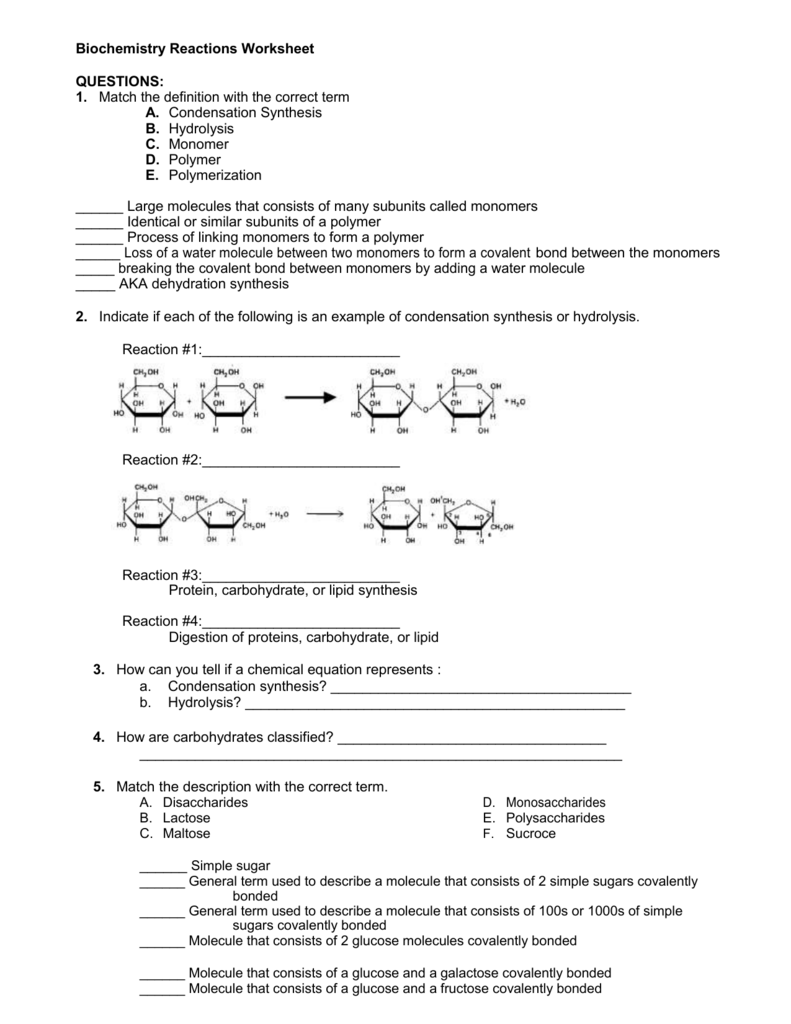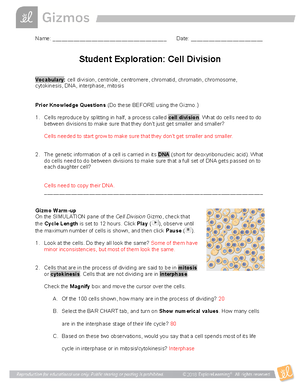

Let’s learn some interesting facts about these common atoms and how they impact the world around us. In all, there are over one hundred discovered atoms. The four most common atoms are nitrogen, oxygen, carbon, and hydrogen. When atoms combine, they create individual compounds that are part of the universe. They are the building blocks of all chemical structures.

The significance of atoms is that without them, nothing could exist. All atoms have the same number of protons and electrons, and most atoms have the same number of protons and neutrons. The protons carry a positive charge, while the electrons have a negative charge. Atoms can connect to form molecules, and molecules form all the physical world you see.Ītoms have three parts that work together. The only thing in the world not made of atoms is energy. They have a negative charge and provide very little mass to the overall element.Ītoms are essential pieces of matter, with matter being anything you can physically touch. Spinning around the nucleus you will find electrons. Protons have a positive charge and neutrons have no charge. Together they provide almost all of the mass for the element. In the center (nucleus) you will find neutrons and protons. You find three simple sub-atomic particles in each atom. It is pretty cool because how we mix up atoms up or together can make just about anything in the universe. There are smaller parts of it, but the makeup and arrangement does determine the properties of an element. Atoms are thought to be the smallest particle of a single element. The word "atom" is derived from a Greek word for "uncuttable". Read on to learn the three primary parts of an atom, the most common atoms, and how the Periodic Table identifies elements by the number of atoms. Since atoms are part of all living and non-living things, they are crucial to scientific study. The protons and neutrons inhabit the atom’s nucleus (or center), while electrons spin around the outside of the nucleus. The parts of the atom are the proton, neutron, and electron. The atom is the unit of matter that forms all elements in the universe. Atoms were initially thought to be the smallest particle of matter, but they are actually composed of three smaller particles. When one atom connects with another atom, they make up a chemical element. What Are Atoms and What is Their Significance?Īn atom is one of the most significant things in the world as it is the smallest unit of matter. We first help students identify the basic parts and then work on how electron configuration affects the chemical nature of substances. We will also look at how this affects an atoms location on the Periodic Table of Elements. We will advance on to looking further into the nucleus and explore nuclear chemistry of atoms that are not very stable.
Atomic structure worksheet answer key how to#
Students will learn how to display valence shells with Lewis Dot diagrams. We will also look at how electrons are positioned and concept of orbital diagrams and how to determine valence shell configurations and what this means about the nature of the atom. We will look at how mass number affects the balance of the atom. Students will learn how to predict the element formed based on the number of protons an atom has. We break down the anatomy of these structures to display this for students and we will explore the Bohr model of this structure. We look at the function of each of the subatomic particles and how they interact to form molecules and ions.

These worksheets have students explore the nature of atoms and their structure. This is truly one of the largest collections of atomic structure worksheets in one place.


 0 kommentar(er)
0 kommentar(er)
